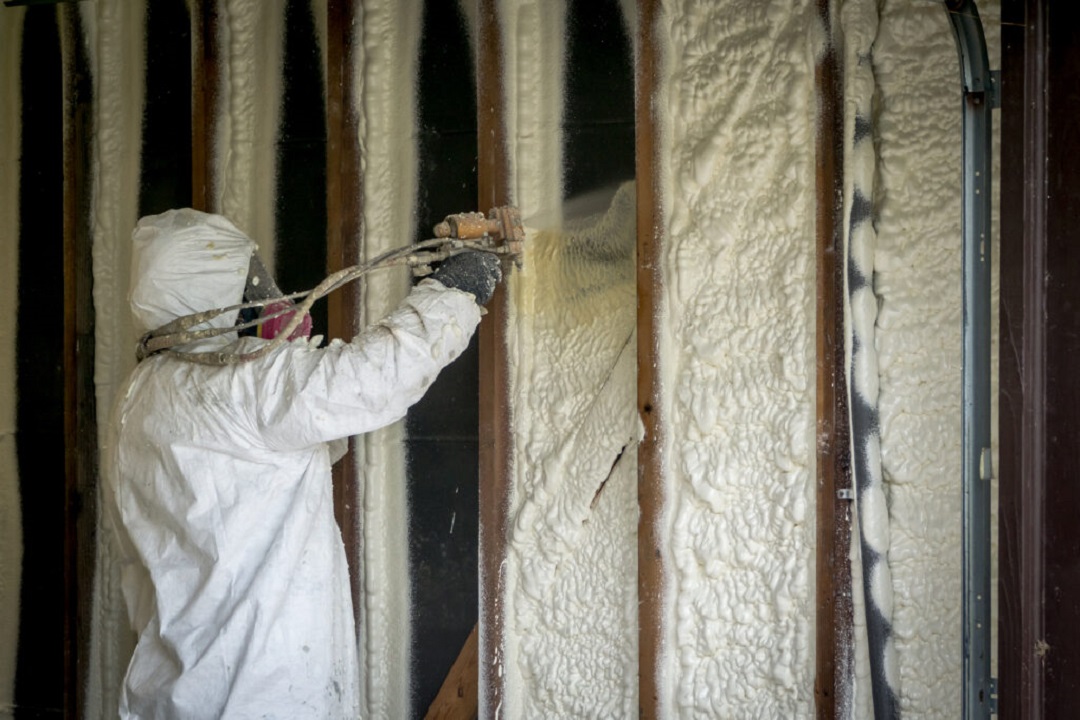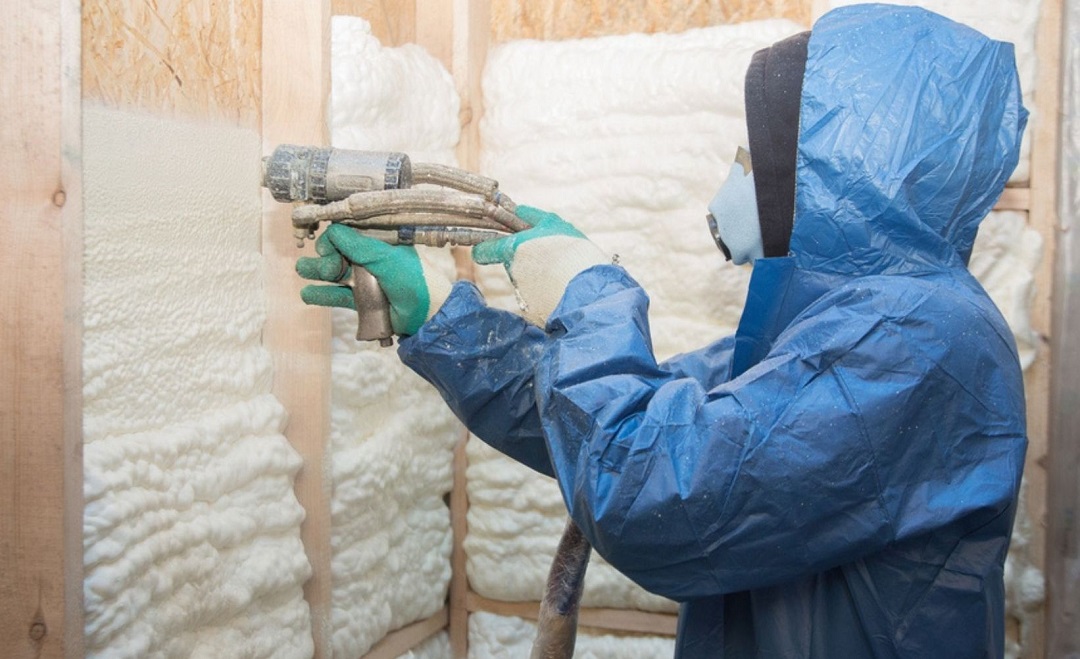So, you’re considering using expanding foam for insulation, but you’re wondering if it’s a good choice. Let’s explore the ins and outs of expanding foam insulation to help you make an informed decision.
Expanding foam insulation, also known as spray foam insulation, has gained popularity in recent years due to its excellent insulating properties and versatility. It’s composed of two main components, polyol resin and isocyanate, which are mixed on-site and sprayed onto surfaces where they expand and harden into a durable foam.
Benefits of Expanding Foam Insulation
One of the primary benefits of expanding foam insulation is its ability to create a seamless, airtight barrier that helps prevent air leakage and heat transfer. This can lead to significant energy savings by reducing heating and cooling costs and improving indoor comfort levels.
Another advantage of expanding foam insulation is its ability to conform to irregular surfaces and fill gaps, cracks, and voids effectively. This makes it ideal for insulating areas with complex shapes or hard-to-reach spaces, such as attics, crawl spaces, and wall cavities.
Expanding foam insulation also offers excellent moisture resistance, helping to prevent issues such as mold and mildew growth and moisture-related damage to building materials. Additionally, it can provide soundproofing benefits by reducing noise transmission between rooms or from exterior sources.
However, there are some considerations to keep in mind when using expanding foam insulation. One potential drawback is the cost, as it tends to be more expensive than traditional insulation materials such as fiberglass or cellulose. Additionally, expanding foam insulation requires professional installation, which can add to the overall project cost.
Another concern is the potential for off-gassing of volatile organic compounds (VOCs) during and after installation. While modern formulations of expanding foam insulation are designed to minimize off-gassing, some individuals may be sensitive to the chemicals used in its manufacturing process. Proper ventilation during installation and curing can help mitigate this risk.
It’s also essential to consider the environmental impact of expanding foam insulation. Some formulations contain blowing agents that contribute to ozone depletion and global warming potential. However, eco-friendly options with low VOC content and sustainable manufacturing practices are available for those concerned about environmental impact.
In summary, expanding foam insulation offers numerous benefits in terms of energy efficiency, durability, and versatility. However, it’s essential to weigh the pros and cons carefully and consider factors such as cost, installation requirements, and environmental considerations before choosing expanding foam insulation for your project.
FAQs (Frequently Asked Questions)
1. How long does expanding foam insulation last?
Expanding foam insulation is known for its durability and longevity. When properly installed and maintained, it can last for several decades without significant degradation. However, factors such as exposure to moisture, UV radiation, and physical damage can affect its lifespan.
2. Can expanding foam insulation be removed?
While expanding foam insulation is designed to adhere tightly to surfaces, it can be removed if necessary. Removal methods typically involve cutting or scraping away the foam using specialized tools and equipment. However, removing expanding foam insulation can be labor-intensive and may damage underlying surfaces.
3. Is expanding foam insulation suitable for all areas of the home?
Expanding foam insulation is versatile and can be used in various areas of the home, including attics, walls, crawl spaces, and basements. However, it’s essential to choose the appropriate formulation. And installation method for each specific application to ensure optimal performance and longevity.
4. Does expanding foam insulation attract pests?
Expanding foam insulation is not known to attract pests on its own. However, if there are existing gaps or openings in the building envelope, pests such as rodents or insects may use the foam as a nesting material. Proper sealing of gaps and regular maintenance can help prevent pest infestations in insulated areas.
5. Can expanding foam insulation be painted?
Yes, expanding foam insulation can be painted once it has fully cured. However, it’s essential to use paint that is compatible with polyurethane foam. And to follow the manufacturer’s recommendations for preparation and application. Painting expanding foam insulation can help improve its appearance and durability.





